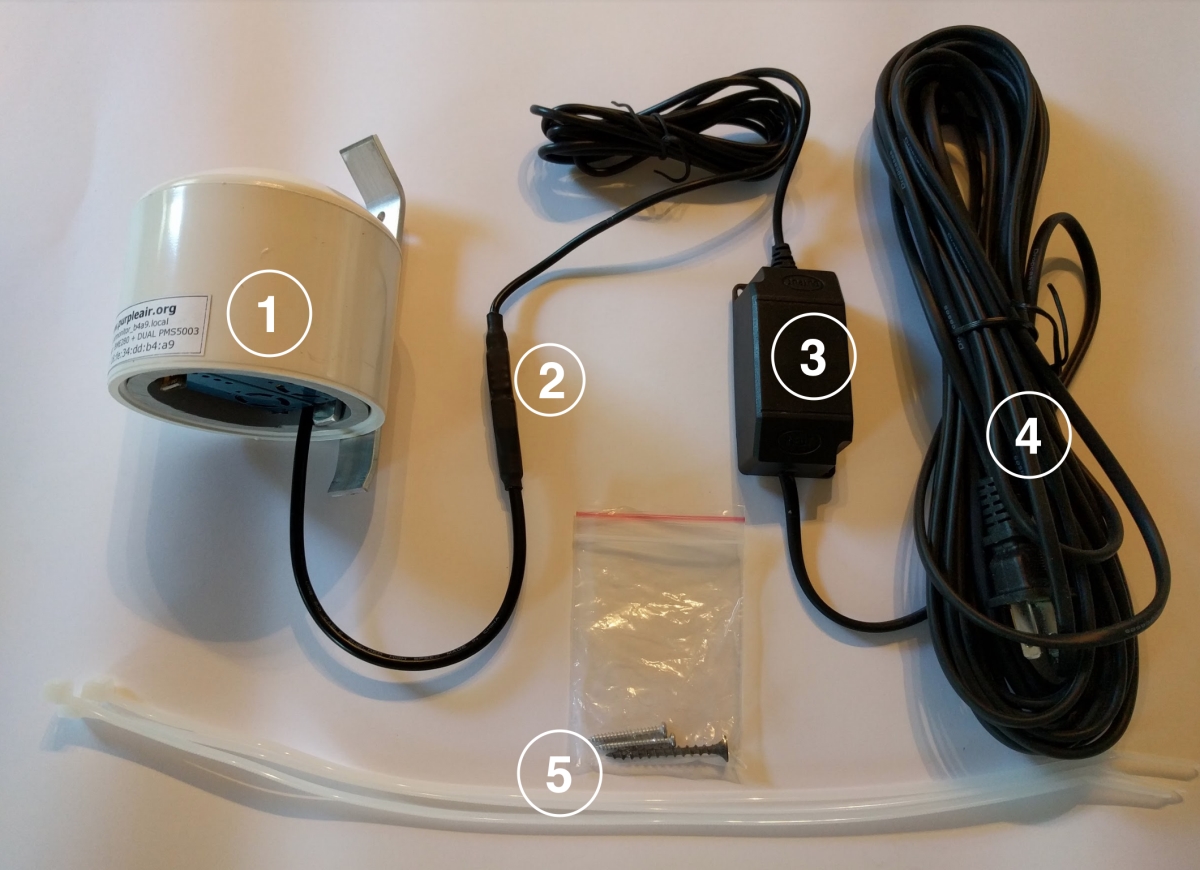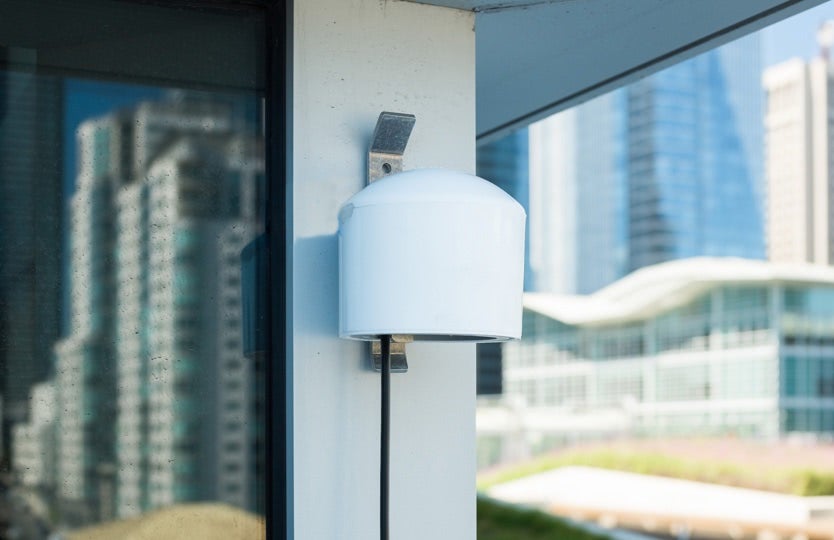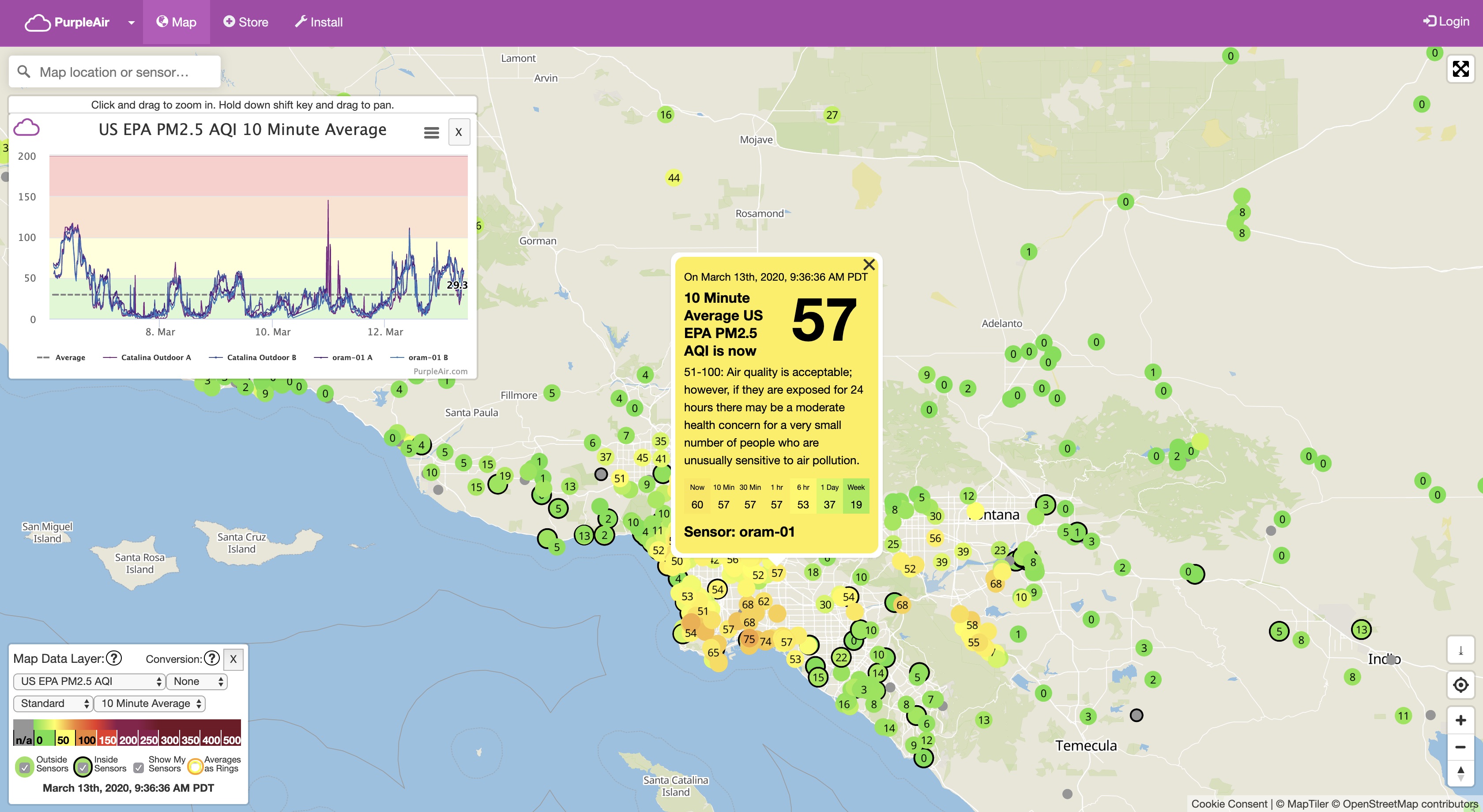Disadvantaged Community Energy System Transformations
Status
Completed
Background
Our center has been funded to work on this project under a grant from the California Energy Commission. It’s actually quite a unique and interesting project. At the most basic level, it is concerned with understanding the different categories of potential benefits that might be associated with the electrification of the residential energy system. What does that mean? Well, we are (fairly) confident that removing natural gas appliances from homes and replacing them with more efficient, electric versions, will benefit the climate system in terms of reduced greenhouse gas emissions. However, we suspect that there are also other potential categories of benefits that should be accounted for from such efforts. Specifically, the combustion of natural gas is known to produce all kinds of noxious air emissions products: NOx, Particulate Matter of various size fractionns, etc.
Within the context of this idea, this project has two main components: a measurement effort and a modeling effort. The first, the measurement effort, is concerned with actually trying correlate observations of indoor air pollutant concentrations with data on the amount of natural gas used within the home. In order to do this properly we’ve had to do a number of things. The first was to ask people (a lot of people) for acces to their homes so that we could install equipment to monitor the indoor air quality. Next we asked them a whole series of questions about the characteristics of their home, their appliances, and the patterns of their use during the air quality monitoring period.
Study Area
Checkout the interactive map below showing the two zip codes that comprise the study area for this project:
Methods
Although I was involved in the conceptual development and planning stages for the indoor air quality monitoring program, I did not directly participate in the deployment of the monitors or administration of the associated questionnaires. These - tremendously difficult and labor intensive tasks - were left to our project partners in the UCLA Fielding School of Public Health and paid outreach volunteers affiliated with Active San Gabriel Valley, a local community based organization. Without the increadibly hard work of these individuals completing all the work involved with this phase of the project simply would not have been possible.
Particulate Monitoring
The sampling hardware that was selected to collect data about indoor particulate matter concentrations were PurpleAir units, with onboard media storage installed. This was an important feature because, although typical installations of these units feed into a cloud based data platform, we wanted to ensure (1) redundancy of data collection in case of wi-fi outages (2) that homes without active internet connections could also be sampled.
As the following images illustrate the purple air units are small - approximately softball sized devices - which require a continuous external power supply. They can be mounted indoors or outdoors with basic tools.
PurpleAir hardware components:

PurpleAir hardware deployment:

If a PurpleAir unit is connected to wifi, it will report its geographic location and monitor data stream to a centralized cloud based platform which aggregates data from all of the other PurpleAir deployments globally. The company hosts a website which maps, in real time, the various individual meter readings and provides a high resolution view of the local ambient air quality at various locations - see below for a screen capture of this map and data dashboard.
PurpleAir web data-platform:

NO2 Monitoring
In addition to monitoring particulate matter within the homes the project also deployed passive Ogawa NO2 monitors which collected a time integrated measure (~7-days) of the average indoor concentration of NO2 within homes.
These sampling units must be delivered to an analytical chemistry lab for processing following their deployment in the field. Thus no similar web-based interface is available for viewing the result data.
Results
Among the many issues that we hope to better understand from this project include:
-
Are there likely to be any significant public health benefits from residential appliance electrification in terms of improved indoor air quality?
-
If so which natural gas appliances/end-use energy activities are most strongly correlated with observed high concentrations of indoor air pollutants?
-
And finally, based upon a series of subsequent building energy modeling/simulation work, what are likely to be the community scale impacts on GHG emissions abatement, energy spending, and public health impacts from pursuing different targeted electrification efforts?
-
We are still very much in the process of completing this analysis but I hope to make the results available here as they are developed.
Stay tuned…